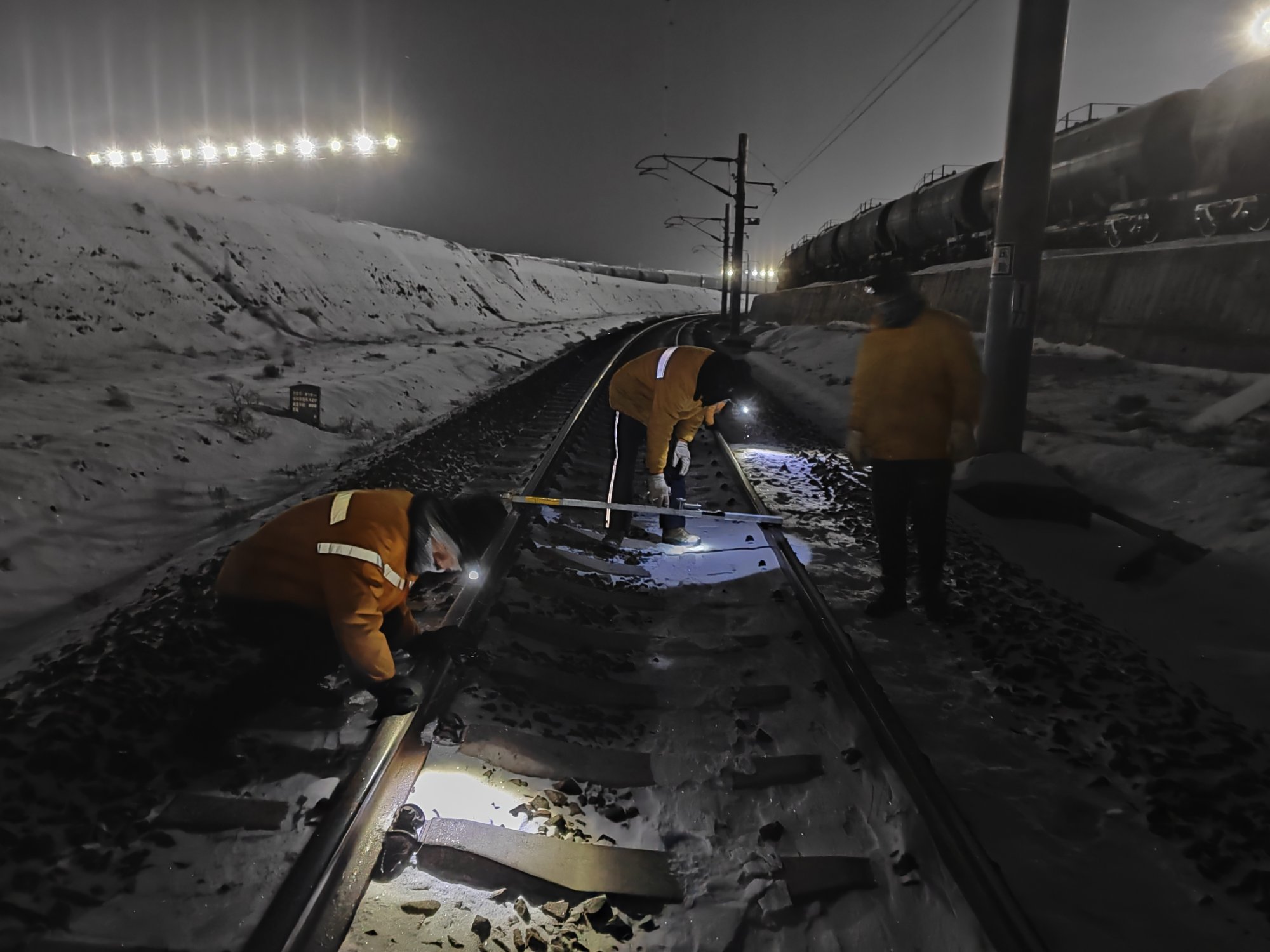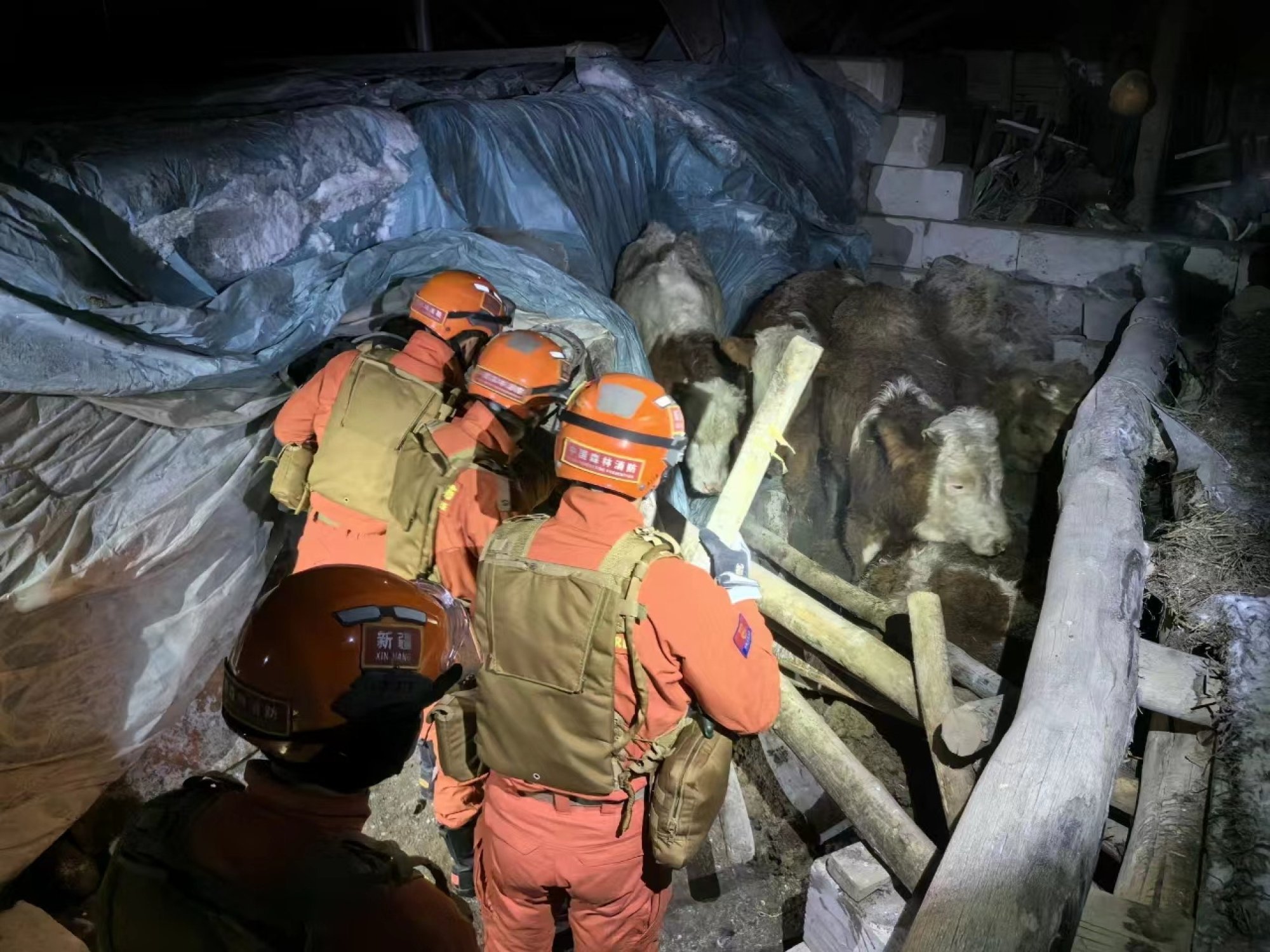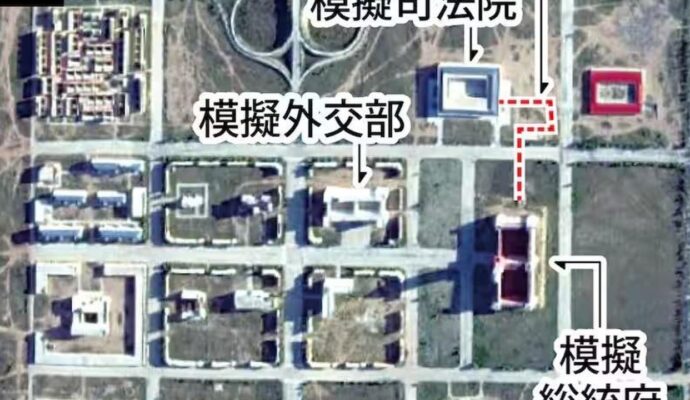Instead, they say more quakes are being recorded due to better monitoring equipment and people may be more aware of strong earthquakes today because of the ease with which news can travel around the world quickly.
Tuesday’s quake in Xinjiang’s Aksu prefecture was felt across the border in Kazakhstan and Kyrgyzstan and was followed by around 40 aftershocks but there were no immediate reports of casualties.
What living on the fault line means for China’s Sichuan province
What living on the fault line means for China’s Sichuan province
The country has been struck by some of the most devastating earthquakes ever recorded and has also experienced several periods of increased seismic activity.
One of the worst years was in 1976, when four earthquakes above magnitude 6 hit the country, including one of the deadliest in Chinese history that killed an estimated 300,000 people in Tangshan in Hebei province.
More recently, there were two quakes of magnitude 6 or above in 2021 and 2022, but only one last year.
Tuesday’s earthquake happened in a seismically active region but it was stronger than usual. The United States Geological Survey (USGS) said “earthquakes of this size occur somewhat infrequently”.
Meanwhile Yang Haibin, a geo-scientist at Zhejiang University, said USGS records over the last 10 years “do not show [a] higher frequency,” of magnitude 6-plus quakes, which are recorded at a rate of between 120 and 160 a year around the world.

Han Yanyan, a senior engineer from the China Earthquake Networks Centre, said that within the wider Tianshan seismic zone an earthquake of magnitude 7 or above occurs on average once every seven years.
The US agency has said that peaks and troughs in seismic activity are “part of the normal fluctuation of earthquake rates”, an assertion supported by many other scientists.
But one senior researcher at the Chinese Academy of Geological Sciences believes that there may be more frequent quakes in western China in future because of the movement of the Indian tectonic plate, which meets the Eurasian plate in the Tibetan plateau.
Scientists in China believe they received ominous signal days before earthquake
Scientists in China believe they received ominous signal days before earthquake
The scientist, who spoke on condition of anonymity because he was not authorised to speak to the media, mainly studies the geology of that region, and said the Indian plate was converging into the other at a rate of 5cm (2 inches) a year, causing the Tibetan Plateau to “grow” upwards.
“I personally believe that the probability of geological disasters in the western part of mainland China will increase in the future,” the scientist said.
He said the increased risk should spur greater disaster preparation efforts in western China, where most of the country’s earthquake activity happens, and the introduction of stricter building standards – addressing one of the causes of the high death toll in the 2008 Sichuan quake and other disasters.
The researcher also warned that global warming may further increase the risk, arguing that increased rainfall on the Tibetan Plateau and neighbouring regions has made it easier for vegetation to develop in the geological fault zones.
This means that water, oxygen and carbon dioxide have penetrated the interior of these zones through plant roots, causing more geological activity.

Tectonic activity along with climate change could “increase the likelihood of geo-hazardous activities” – which also include mudflows, landslides and avalanches – in the region, the scientist said.
But Yang from Zhejiang University said: “Anthropogenic activities may trigger some small earthquakes, but cannot systematically change the trend of strong earthquakes, which are thought to be controlled by tectonic behaviours.”
He also said that modern communications meant that people “have more chances to hear news about strong earthquakes than ever”.
The USGS also said that it was logging more earthquakes globally, but this was not because of increased activity but because “there are more seismic instruments and they are able to record more earthquakes”.

